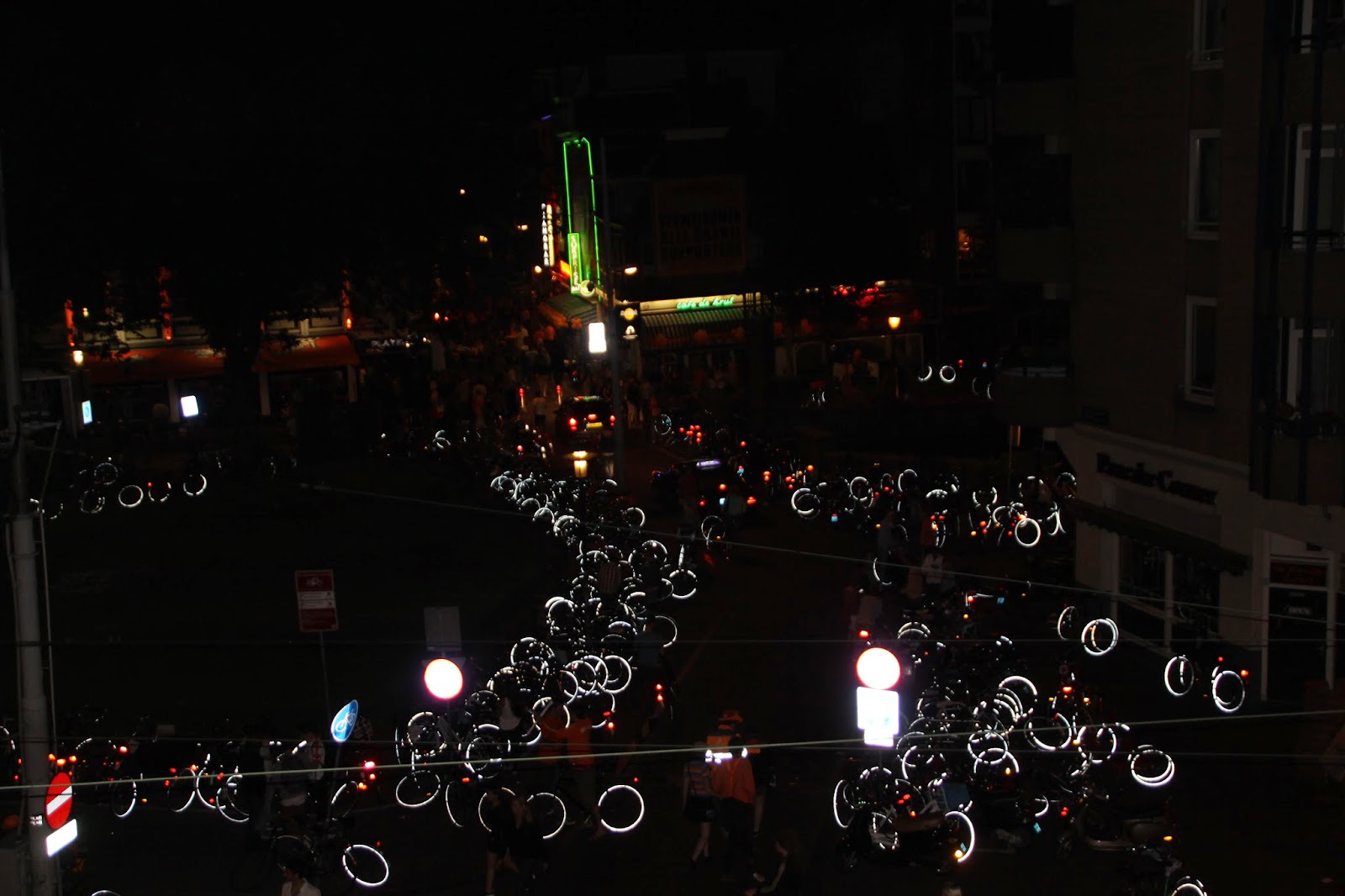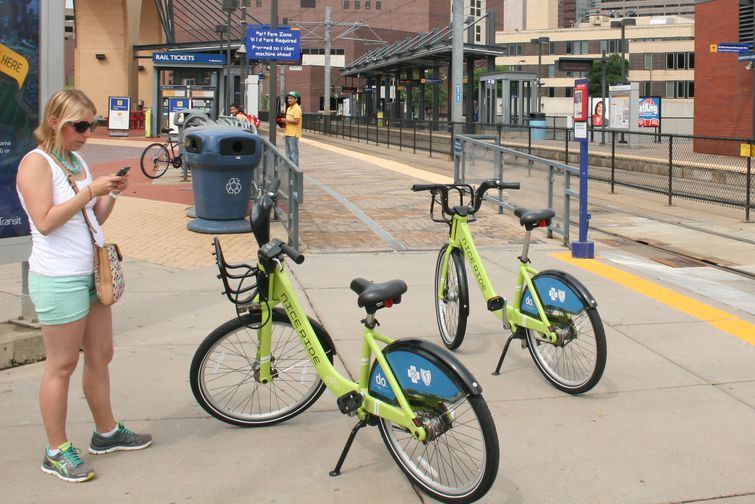Achieving the Mayor’s Vision for Cycling in London (March 2013) will require London practitioners to apply tried-and tested techniques from around the world to the London context, and to innovate as necessary. To this end, TfL commissioned a study of selected cities, to understand better what makes for success in relation to cycle infrastructure, safety and culture. The study was based around visits during 2013 to 14 cities of different character, to learn from them by interviews with local practitioners, by observation and by riding. The cities were chosen to enable different types of lesson to be learned: from what works best in cities where mass cycling is established, to how cities lower down the curve have applied learning from those further up; and from physical techniques to systems of governance. For this reason, they visited cities as diverse as New York and Utrecht. The former is a mega-city of 8+ million inhabitants with low overall levels of cycling, but with a recent successful policy of reallocating street space from general traffic to cycling. By contrast, Utrecht (south-east of Amsterdam) has around a third of a million inhabitants and is one of the world’s great cycling cities, where around a third of all journeys are by bicycle. Read more here.
Portland’s Alameda Bike Bus Turns One!
-
On Earth Day 2022, Physical Education teacher Sam Balto - inspired by
Barcelona's Bici Bus - decided to attempt to start his own at his school in
Alameda n...
2 years ago



















